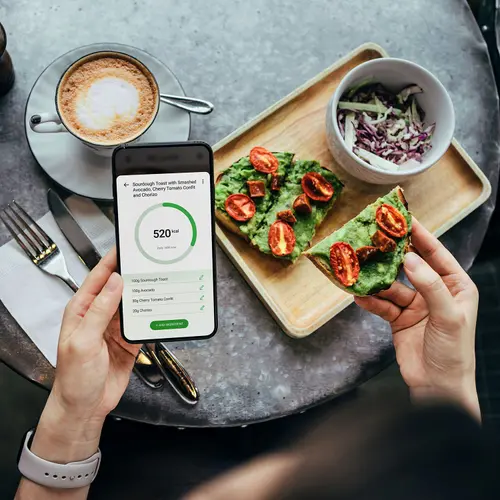Buying food in bulk or large quantities is a great way to save you time and money. Learn about what kinds of food you should buy in bulk.
Why Buy in Bulk?
Saves money. A family of four can save $2,000 a year by freezing large amounts of seasonal and sale foods. For example, you can freeze the berries you buy in summer when they’re in season and cheap. You can then use these frozen berries in winter instead of buying them off-season when they’re much more expensive.
Saves time. Grocery shopping takes time. The average time spent shopping for groceries is about 44 minutes. This doesn’t include the time spent traveling to and from the grocery store. Careful planning and bulk buying can save you from going to the supermarket several times a week.
Share or barter. Buying food in bulk isn’t just for big families. You can share or barter bulk items with your friends, family, and neighbors. You may even want to start a buying club to buy food in bulk directly from local farms or distributors.
Reduces waste. A study found that buying food in bulk can lower the amount of packaging waste. For example, if Americans bought these items in bulk for 1 year, it would cut down on a lot of packaging waste:
- Bulk almonds: Save 72 million pounds of packaging waste.
- Bulk coffee: Save 240 million pounds of foil packaging waste.
- Bulk peanut butter: Save 7 pounds of landfill waste per family.
Foods to Buy in Bulk
You may be missing out on some good deals if you’re not buying these foods in bulk.
Grains. Grains are shelf-stable, which means they can be safely stored at room temperature. They are also versatile and can be used in main courses and side dishes, and even desserts. Grains include rice, pasta, couscous, oats, and quinoa.
Dried beans. Dried beans are very budget friendly. They’re a good source of protein and fiber. There are many different types of dried beans available, including:
- Garbanzo beans (chickpeas)
- Lentils
- Adzuki beans (red beans)
- Pinto beans
- Black beans
Meat and poultry. You can buy meat in bulk and pack it into smaller amounts to freeze.
If you constantly store frozen meat at 0 degrees Fahrenheit or below, it can last indefinitely, though the quality will decrease over time. Raw meats and poultry can be kept for as long as 1 year in the freezer without any quality issues.
Frozen fruits and vegetables.Frozen fruits and vegetables are usually picked and frozen on the same day. This means they can last longer than fresh vegetables and fruits.
Some frozen vegetables and fruits may even have more vitamins and minerals because fresh produce loses vitamins over time.
Coffee. If you’re a regular coffee drinker, buying your beans in bulk may save you money. You can freeze coffee beans for about 1 month before quality decreases. Place them in small amounts in sandwich bags before freezing.
Butter. Butter is a hardy product. You can store it in the fridge for 1 to 2 months. If you wrap it tightly in an airtight container, butter can be frozen for 6 to 9 months.
Nuts. When you buy small amounts of nuts at the supermarket, they tend to be expensive, so nuts are a great item to buy in bulk.
Nuts contain a lot of oil. This means they can easily go rancid and taste bad. Store them in the fridge for up to 1 year or in the freezer for up to 2 years.
Tips for Buying in Bulk
When you’re buying food in large quantities, there are some things to keep in mind.
Couponing. Be careful with coupons. They’re often offered for big brands but not for store or generic brands. If you use that coupon, the big brand may still end up being more expensive than the generic or store version. Store and generic brands tend to be comparable in taste and quality.
Check the unit price. Some stores may list the unit price under each product. If it’s not listed, you can check it by dividing the total cost of the item by the number of units in the package, such as grams, ounces, or milliliters. This will ensure you’re getting the best deal.
Plan ahead. When grocery shopping, it’s good to plan ahead before buying. Write up a weekly menu and make a list of ingredients you’ll need. Check your kitchen to see what ingredients you already have. You can make use of grocery store flyers to create your menu based on what’s on sale.


